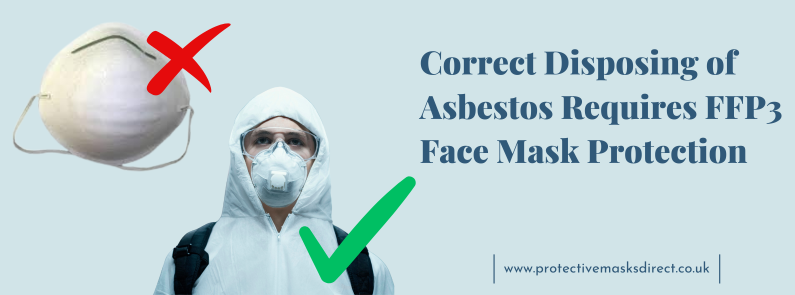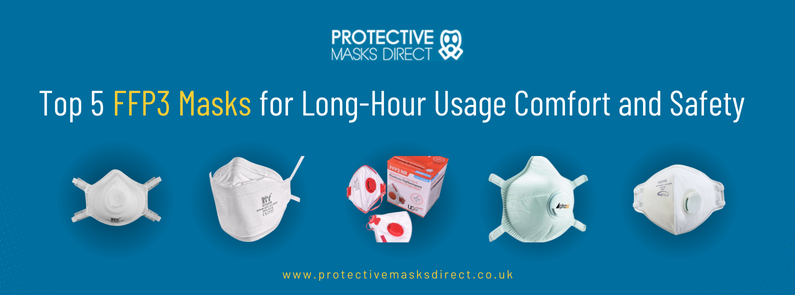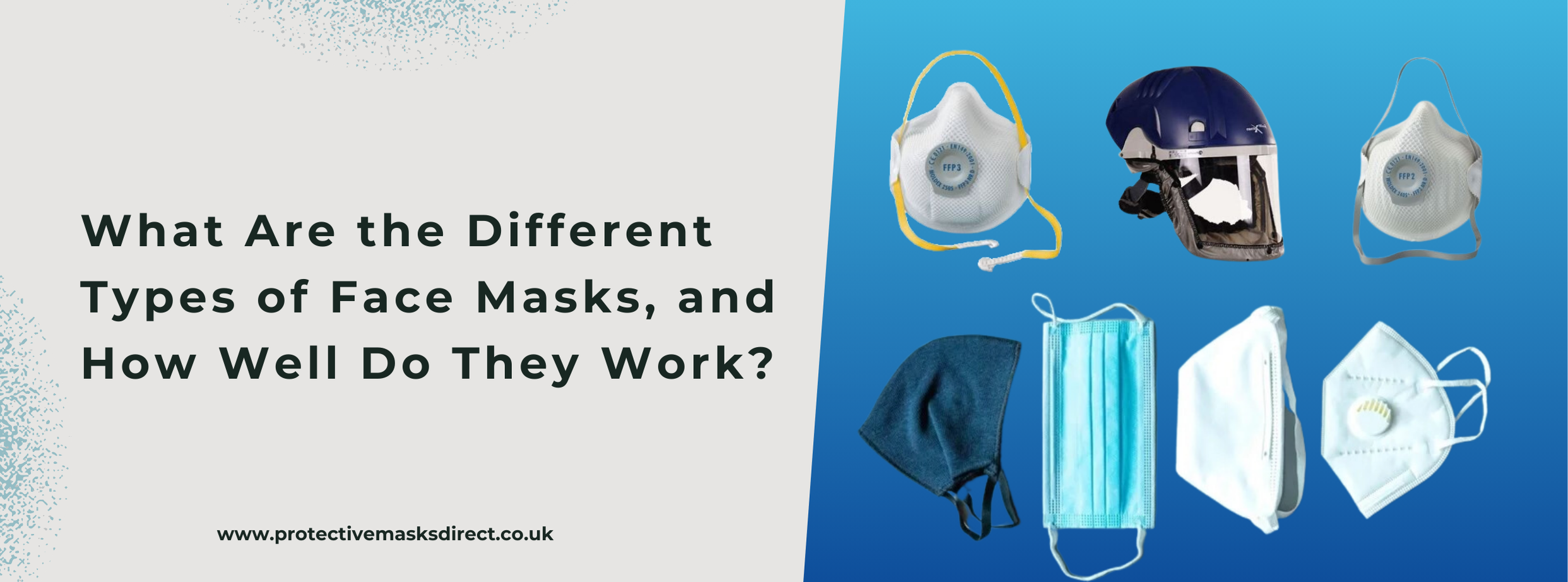
One of the most important equipment of protective clothing are respirators and dust masks. Masks are the most commonly used personal protective equipment in an environment that imposes some airborne hazards. A wide range of industries like construction, pharmaceutical, and agriculture requires exposure to harmful chemicals and substances that’s why it’s necessary to use protective clothing.
To ensure the safety of the workers a wide variety of these respirators are available in the market. Some environments impose greater risk than others. So, it’s required to have different levels of protection while dealing with different levels of threat.
What’s a dust mask and when it’s used?
A dust mask is a flexible pad worn over the nose to prevent any accidental inhalation of dust in the air. It’s widely used as a piece of personal protective equipment though it shouldn’t be confused with any respirator, surgical mask, paint mask, or a gas mask.
All these masks are entirely different from each other and are exclusively designed to provide protection against specific airborne dangers and none can be used interchangeably. Though all of them are worn in a similar way.
Dust masks are usually cheaper and lighter as well as being disposable and are efficient in guarding against dust produced by woods, brick, silica, fibreglass, drywall, etc. Masks are effective in providing protection against small-sized solid particles and fine mists but not equipped to provide protection against the gases.
A disposable dust mask is specifically designed to protect against dry dust and other solid substances free of any oil. Disposable masks are suitable for all kinds of cleaning activities, whether it’s indoors or outdoors, for both home and professional use and are graded as either simple convenience masks (large particles) through Grade 1 to Grade P3 rating (Smallest particulates)
Disposable or Half face mask protect against airborne particles present in the form of powders and dust as well as aqueous mists. They come in P1, P2, and P3 ratings and are useful in agriculture, pharmaceutical, and construction industries.
How to determine the correct dust mask for use?
To determine the correct dust mask that offers maximum protection, you should first test the level and nature of the contaminants present in that specific environment. To accomplish this first measure what form of contaminants are present in your environment and next step will be to find out the form of these contaminants like whether they’re in particle, gas, or vapour form?
After having the total knowledge about the imposed risk, you can successfully determine what will be the correct and suitable dust mask to use in that environment. There is a complete range of dust masks available that are useful for different contamination levels.
The 3 types of dust mask
These 3 types of masks clearly state their protection factor and exposure limit so that it’s easier to select the masks according to their mentioned protection factor and exposure limit. These dust masks ratings are vital in selecting the right mask for your use.
P1 and P2 masks protect against low and moderate levels of dust respectively. P1 (larger pariculates) is usable in drilling, cutting, and hand sanding. These both are effective against solid and liquid aerosols. P2 is fit to use while doing plastering and sanding.
P3 mask
P3 masks are effectively used against very fine respirable dust. They are used in works like welding and soldering. They can be effectively used in an environment filled with radioactive particles or dust containing arsenic, beryllium, cadmium, nickel, cobalt, radium, strychnine.
This mask guards against a higher level of dust and can be effectively used in the pharma industry. P3 offers the highest filtration effectiveness and retains about 99.95% of particles. It has 50 times OEL (Occupational exposure limit), that’s the maximum protection offered against dust, smoke, or mist.
The occupational exposure limit is the maximum limit of contamination that’s acceptable and offered safety against. In case of any doubt, one should opt for the highest-level safety offering dust masks. P is a rating assigned that designates protection against particles dissolved in the air.
In the end
If the work environment is filled with dust, smokes, or mists then these masks can be used as a safety measure and are effective in both, construction or cleaning works. After prolonged use, half masks increase the inhalation resistance. This occurs due to the dust absorption that happens after a longer period of breathing through them.
Half masks become least effective with time as the carbon dioxide and vapour starts to accumulate between them. With every exhalation the amount of carbon dioxide increases. Hence, they should be often changed.
These masks should fit tightly on the face only then they will be able to provide maximum protection. If they are loosely fitted it’s hard for them to effectively filter the air. Make sure to remove the facial hair before wearing them.




